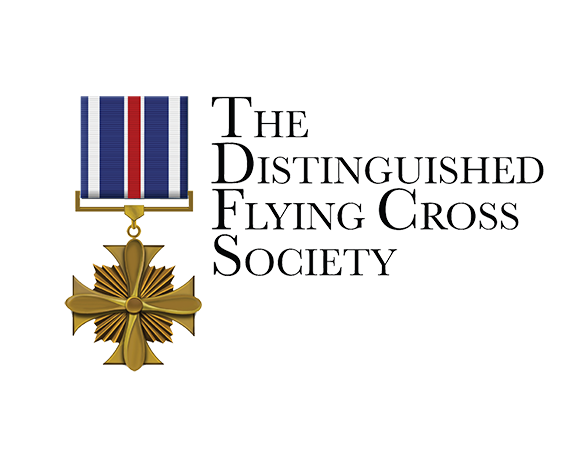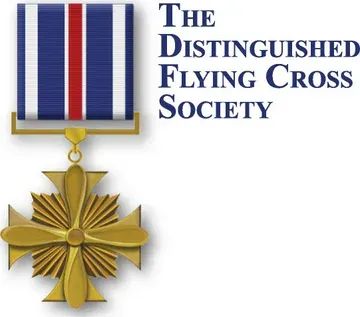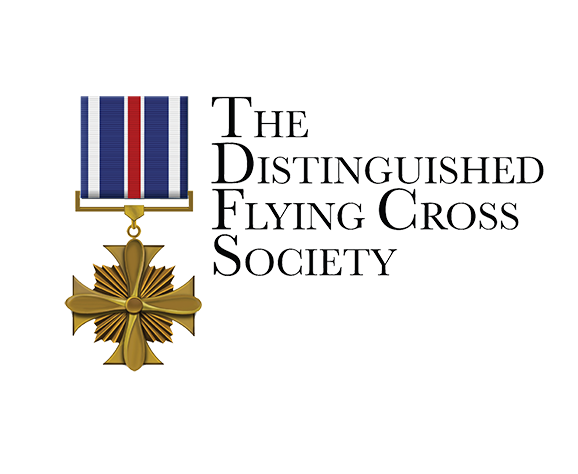Richard I. Bong
AWARDED DFC:
7
CONFLICT/SPACE FLIGHT/EVENT: WWII
MODEL: P-38
Citation: 1.)
The President of the United States of America, authorized by Act of Congress, July 2, 1926, takes pleasure in presenting the Distinguished Flying Cross to First Lieutenant (Air Corps) Richard Ira Bong, United States Army Air Forces, for extraordinary achievement while participating in aerial flight while serving as a P-38 Fighter Pilot with the 49th Fighter Group, FIFTH Air Force in action over Lae Harbor, New Guinea, on 8 January 1943. While escorting a bomber formation, this officer and seven accompanying pilots attacked approximately twenty enemy fighters. In the ensuing engagement, Lieutenant Bong shot down one enemy aircraft with a long burstfrom a distance of 200 yards. This plane was the fifth hostile aircraft destroyed by Lieutenant Bong in aerial combat. His achievement is worthy of commendation and reflect the highest credit upon himself and the Armed Forces of the United States.
2.)
The President of the United States of America, authorized by Act of Congress, July 2, 1926, takes pleasure in presenting a Bronze Oak Leaf Cluster in lieu of a Second Awardof the Distinguished Flying Cross to First Lieutenant (Air Corps) Richard Ira Bong, United States Army Air Forces, for extraordinary achievement while participating in aerial flight while serving as a P-38 Fighter Pilot with the 9th Fighter Squadron, 49th Fighter Group, FIFTH Air Force, in action against the enemy while participating in fifty operational flight missions in the Southwest Pacific Area from 26February to 10 June 1943, during which hostile contact was probable and expected. These operations included escorting bombers and transport aircraft, interception and attack missions, and patrol and reconnaissance flights. In the course of these operations, strafing and bombing attacks were made from dangerously low altitudes, destroying and damaging enemy installations and equipment. The skillful and zealousmanner in which he has sought out the enemy and destroyed him, his devotion to duty and courage under all conditions serve as an inspiration to his fellow flyers. His actions on all these occasions reflect the highest credit upon himself and the Armed Forces ofthe United States.
3.)
The President of the United States of America, authorized by Act of Congress, July 2, 1926, takes pleasure in presenting a Second Bronze Oak Leaf Cluster in lieu of a Third Award of the Distinguished Flying Cross to Captain (Air Corps) Richard Ira Bong, United States Army Air Forces, for extraordinary achievement while participating in aerial flight while serving as a P-38 Fighter Pilot with Headquarters, VFighter Command, FIFTH Air Force in an aerial flight over Rabaul, New Britain, on 29 October 1943. Captain Bong was flying one of 13 P-38's in a sweep over Rabaul, when approximately fifty enemy fighters were encountered. Captain Bong dived into the enemy formation and made a head-on attack against a Zero, causing it to roll out of control and crash. He then turned his attack on a second Japanese aircraft, which immediately burst into flames. In this engagement, Captain Bong displayed outstanding courage, ability and devotion to duty. The skillful and zealous manner in which he has sought out the enemy and destroyed him, his devotion to duty and courage under all conditions serve as an inspiration to his fellow flyers.
4.)
The President of the United States of America, authorized by Act of Congress, July 2, 1926, takes pleasure in presenting a Third Bronze Oak Leaf Cluster in lieu of a Fourth Award of the Distinguished Flying Cross to Captain (Air Corps) Richard Ira Bong, United States Army Air Forces, for extraordinary achievement while participating in aerial flight while serving as a P-38 Fighter Pilot with Headquarters, V Fighter Command, FIFTH Air Force in aerial flight near Rabaul, New Britain, on 5 November 1943. Captain Bong was flying one of eleven P-38's on an escort mission when approximately fifteen enemy fighters were encountered. Captain Bong dived after two of the enemy planes opened fire on the nearest aircraft from 100 yards, scoring with a short burst that caused the airplane to explode. He then turned after the other hostile fighter, which attempted evasive action when hit, but continued to lose altitude rapidly, finally exploding. The courage, ability, and devotion to duty displayed by Captain Bong on this occasion are worthy of the highest commendation. His actions reflect the highest credit upon himself and the Armed Forces of the United States.
5.)
The President of the United States of America, authorized by Act of Congress, July 2, 1926, takes pleasure in presenting a Fourth Bronze Oak Leaf Cluster in lieu of a Fifth Award of the Distinguished Flying Cross to Captain (Air Corps) Richard Ira Bong, United States Army Air Forces, for extraordinary achievement while participating in aerial flight while serving as a P-38 Fighter Pilot with Headquarters, V Fighter Command, FIFTH Air Force in an aerial flight over Tadji, New Guinea, on 3 March 1944. Captain Bong was a member of a two-plane formation engaged on a fighter sweep over this Japanese base. While approaching, an enemy bomber wasobserved heading east, and the two fighters dived and hit this aircraft with sustained bursts. Captain Bong's attack left the plane burning and it crashed among the trees about two miles from the strip. After diving away from several intercepting Zeros, heclosed on another bomber, his fire severing the enemy aircraft's tail assembly. The hostile plane crashed, exploding on impact with the ground. The courage, ability and devotion to duty displayed by Captain Bong on this occasion are worthy of the highestcommendation. His actions reflect the highest credit upon himself and the Armed Forces of the United States.
6.)
The President of the United States of America, authorized by Act of Congress, July 2, 1926, takes pleasure in presenting a Silver Oak Leaf Cluster in lieu of a Sixth Award of the Distinguished Flying Cross to Major (Air Corps) Richard Ira Bong, United States Army Air Forces, for extraordinary achievement while participating in aerial flight while serving as a P-38 Fighter Pilot with Headquarters, V Fighter Command, FIFTH Air Force in the Pacific Theater of Action during World War II. The skillful and zealous manner in an aerial flight over Hollandia, Dutch New Guinea, on 12 April 1944. Major Bong, flying in a formation of P-38's, encountered six Japanese interceptors. He dived to engage one of them, whereupon the enemy attempted to escape toward a cloud formation. Major Bong fired upon the fighter, causing smoke to pour from the engine. After disappearing into the clouds, it emerged in a steep dive, continuing down into the sea. This officer encountered another fighter below, and after pursuing this aircraft close to the water, he fired upon it until it crashed into the sea. He then attacked and shot down a third enemy aircraft which crashed into the ground. Major Bong's outstanding courage and devotion to duty are worthy of the highest commendation. His actions reflect the highest credit upon himself and the Armed Forces of the United States.
7.)
The President of the United States of America, authorized by Act of Congress, July 2, 1926, takes pleasure in presenting a Bronze Oak Leaf Cluster in Addition to a previously awarded Silver Oak Leaf Cluster in lieu of a Seventh Award of the Distinguished Flying Cross to Major (Air Corps) Richard Ira Bong, United States Army Air Forces, for extraordinary achievement while participating in aerial flight while serving as a P-38 Fighter Pilot with Headquarters, V Fighter Command, FIFTH Air Force in an aerial flight over Ormoc, Philippine Islands on 7 December 1944. Major Bong led four P-38's on a patrol of Ormoc and the convoy area, and at an altitude of 4000 feet, arrived over a friendly convoy. He sighted an enemy bomber and gave chase, closing to 1000 feet and setting the left engine on fire, causing the airplane to crash on Bohol Island. He resumed patrol at 3000 feet over the convoy and soon sighted five more hostile aircraft. He turned left and met the tail man head-on and scored several hits on his engine. The plane spiraled down with a dead engine and crashed just to the rear of the convoy. Major Bong's outstanding courage and devotion to duty are worthy of the highest commendation. His actions reflect the highest credit upon himself and the Armed Forces of the United States.


